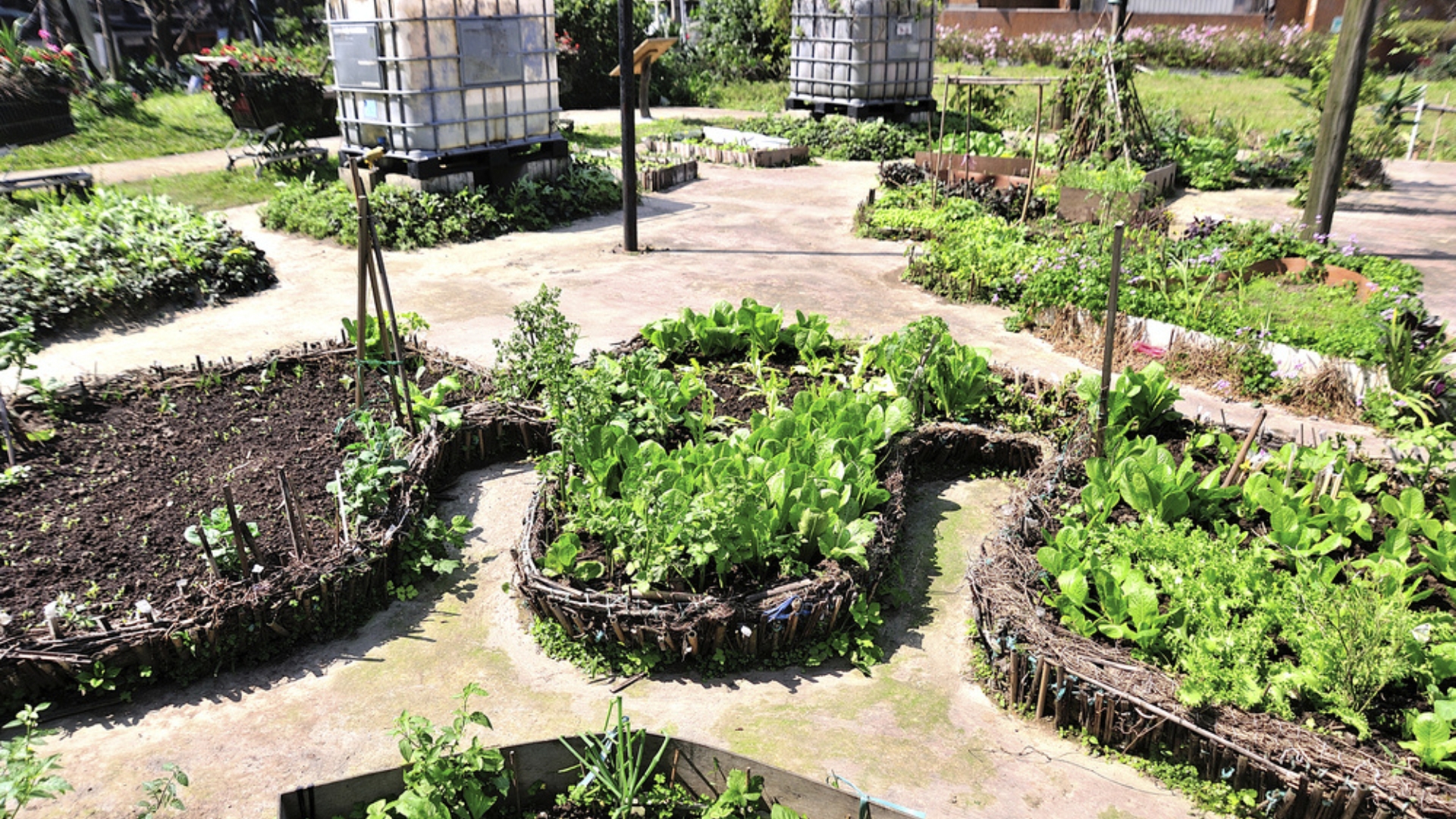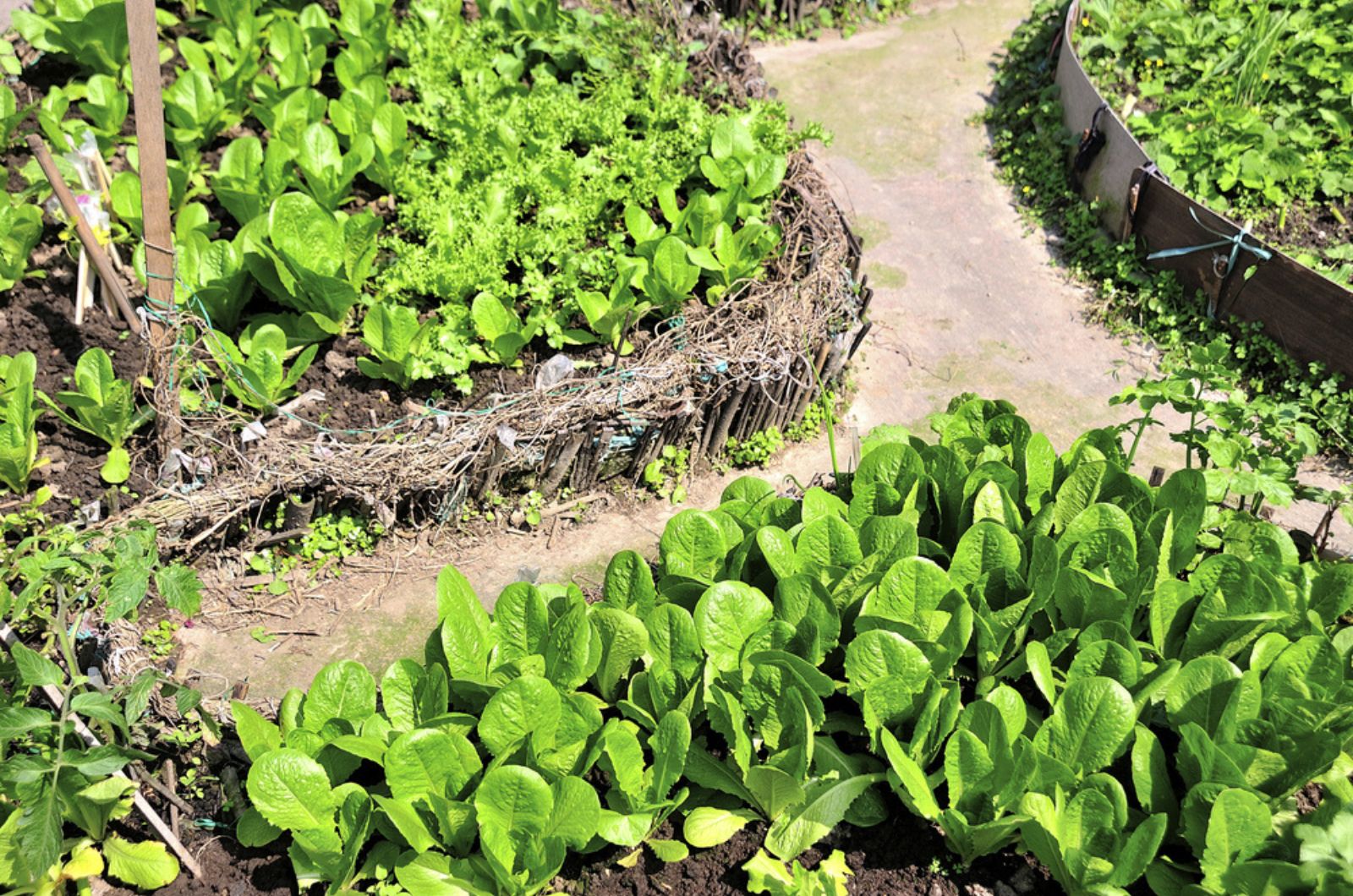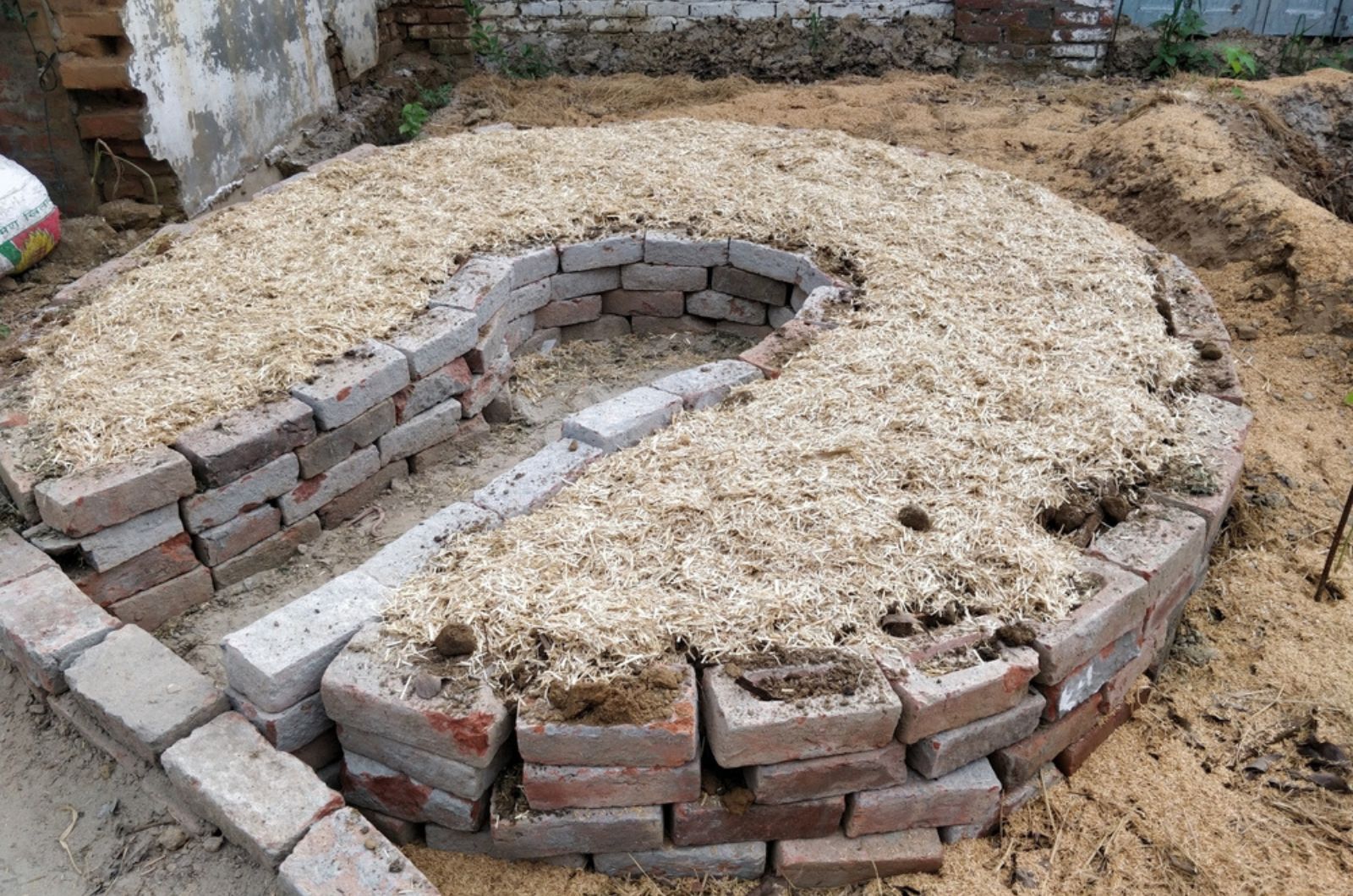Level up your gardening game with this new method called keyhole gardening that involves using unique and circular raised beds, with a central part carved off to create the illusion of a keyhole.
A composting basket, which is an essential component of the design, fits in the middle of the cutout. The basket is usually packed with kitchen and yard trash that, when watered, breaks down and spreads nutrients throughout the raised bed.
This way, a microclimate is created so that soil-improving creatures like earthworms can grow and thrive. Plus, easy access to the growing area and the central basket is made possible by this unique keyhole shape.
So, keep reading to learn about the circular design, its benefits, and how to create your own resourceful keyhole garden for a successful gardening experience!
Essential Component Of Keyhole Gardening
The three fundamental components of keyhole gardening are the unique shape of the raised bed, the compost cage in the middle, and the method of watering the bed, which permits nutrients to seep into the soil naturally.
Watering the keyhole garden in the middle allows moisture to pass through the compost and into the remaining portion of the bed, giving it a steady supply of nutrients.
Here, you won’t have to worry about adding additional organic matter into the soil.
Also read: What Is The Square Foot Gardening Method And How To Use It
What Is The Best Climate For Keyhole Gardening?
This gardening method comes from warm regions of sub-Saharan Africa, where growing plants is a bit challenging.
By using raised beds with unique designs, they’ve managed to grow plants as the bed structures retain moisture, drainage, and nutrients above the ground.
Keyhole gardening can be used in very dry regions with poor soil. But, if you have enough space in the garden, you can try setting up a keyhole garden, too!
Also read: What Is Straw Bale Gardening & How To Get Started
Tips For Creating A Keyhole Garden
The first thing you should consider is the space – for a successful keyhole garden, you’ll need a flat area that has 6 feet in diameter; ample space will allow compost pile nutrients to reach plants’ roots.
Keyhole-style raised beds don’t require chemical glues or concrete to fit together because they are designed like a modular block system.
What You’ll Need
• Hammer or mallet
• Chicken wire (galvanized)
• Bricks, stones, wood panels or logs
How To Do It
Step 1: Find an area that can fit a bed that’s around 6 feet in diameter. A typical keyhole raised bed is two to three feet high, so consider that as well.
Step 2: Place a wooden stick with a string attached in the center of the area you like to have an elevated bed, and then use the stake to draw a circle around the area.
Step 3: As you choose the location of your access path, leave a gap of 20 to 26 inches from the outer edge to the center.
Step 4: Place the compost cage made of chicken wire in the middle of the bed. Use stakes or sturdy garden wire to keep it in place if necessary. To improve aeration, put some rocks or stones at the base.
Step 5: Use a material of your choice to construct the raised bed’s outer walls. Make sure that it can support the soil.
Step 6: Add high-quality soil and combine it with some homemade mulch or compost, as well as grit for drainage. To ensure proper drainage, try to keep the soil level at the compost cage level a little higher than at the outer edge of the bed.
Step 7: With that, you can fill the compost cage with kitchen and garden scraps and plant as many edibles or ornamental plants as you like.
This video might be useful:



